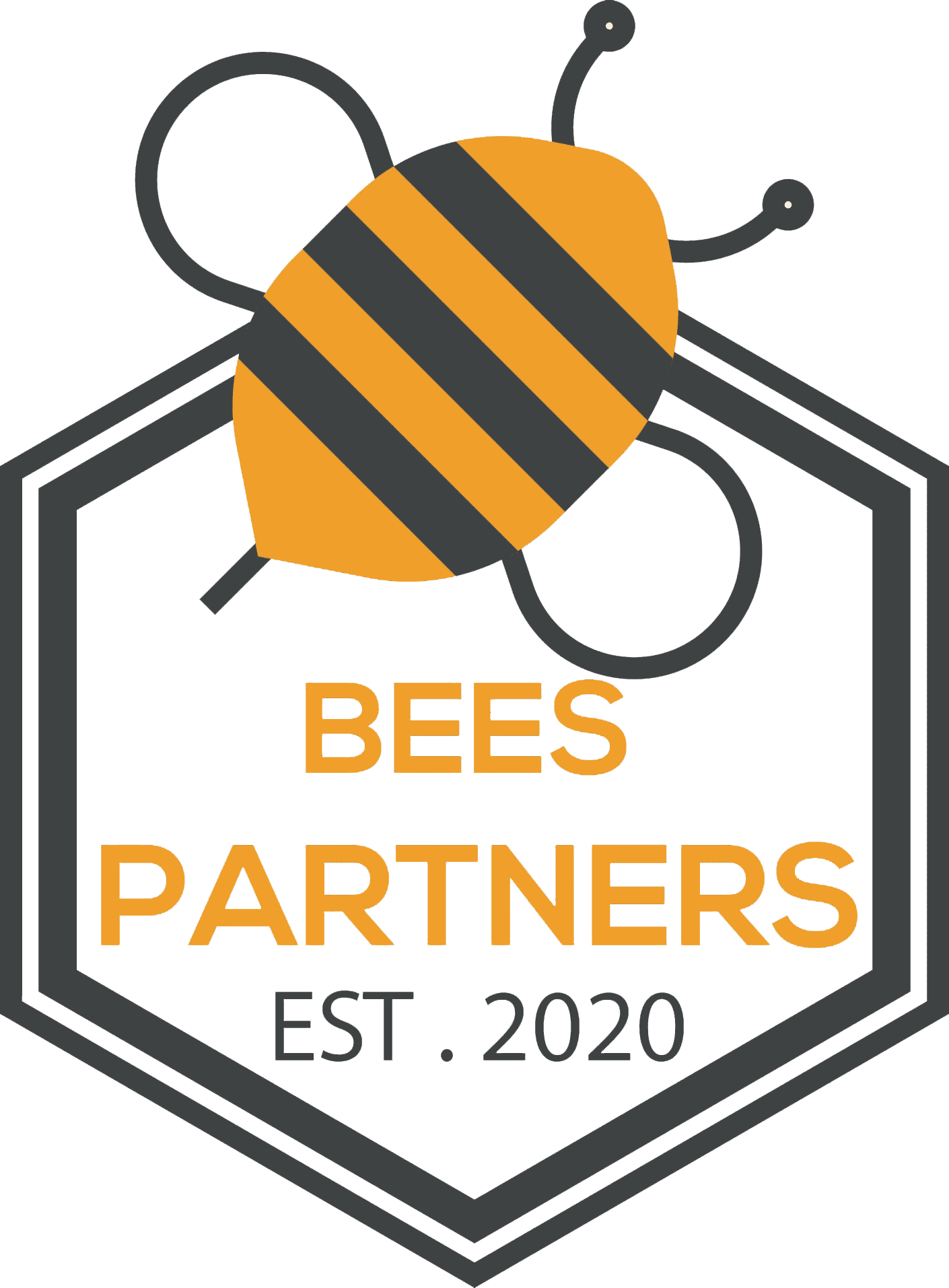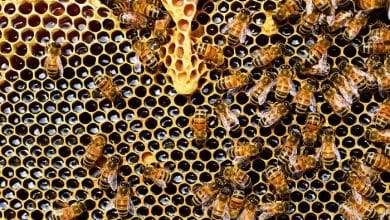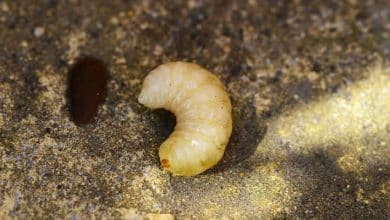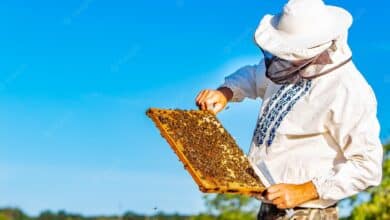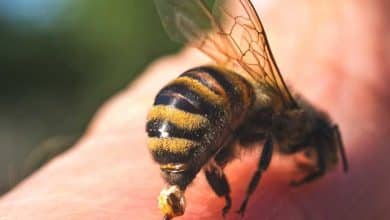Plants That Produce Pollen and Nectar: A Guide for Beekeepers
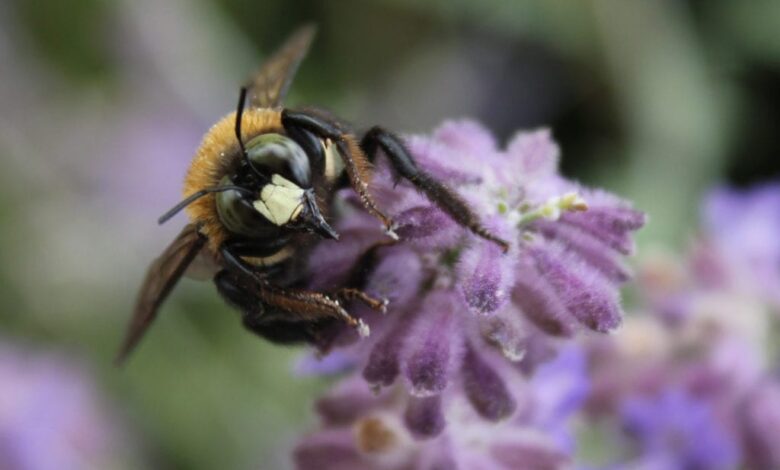
A Successful beekeepers
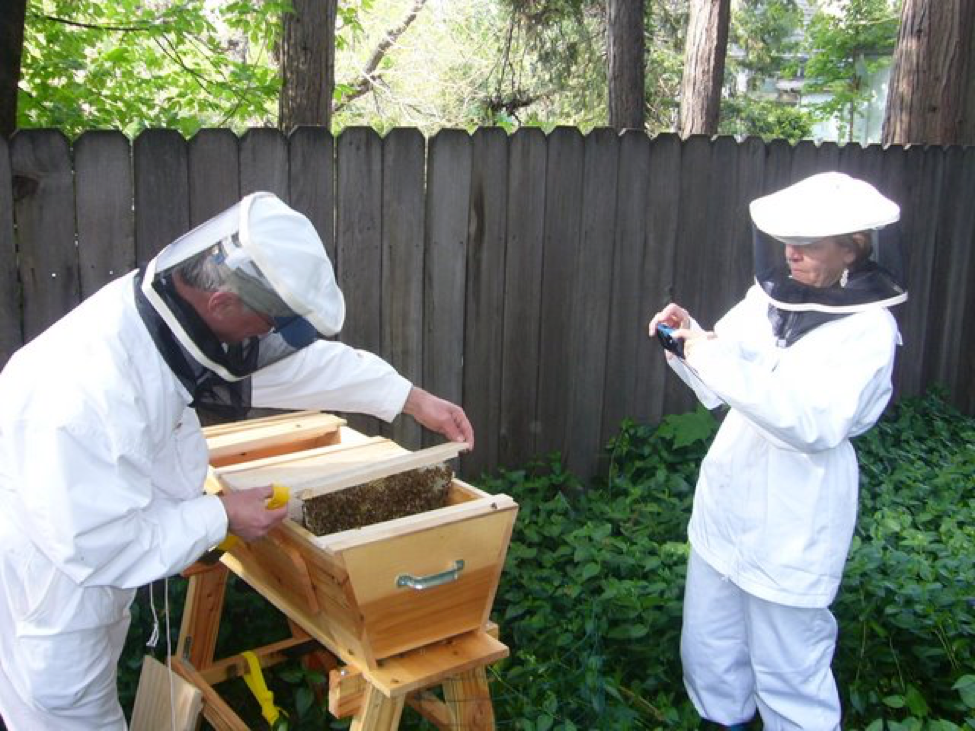
For successful honey production, beekeepers need to have a solid understanding of the nectar- and pollen-producing plants close to their hives. With this information, they will be able to plan when to carry out different management tasks, such as boosting brood production, adding supers, utilizing swarm control techniques, harvesting honey, requeening, preparing colonies for the winter, and finding profitable apiary locations.

Honeydew
In order to get enough dietary ingredients, a variety of insects, particularly certain aphids, drain vast amounts of sap from trees and other plants. They frequently receive far more sugar and liquid as a result of doing this than they could ever reasonably consume, and they then expel the surplus from their bodies. This sugary liquid is referred to as honeydew.
Honeydew honey

Sometimes, so many insects are present that the honeydew mists the ground like a light shower. Honey bees frequently collect this honeydew from nectar-producing plants and bring it to the hive where it is turned into honey when nectar-producing plants are sparse. Honeydew honey typically has a poor flavor, is dark in color, and has a low market value. The majority of honeydew honey includes too much indigestible material for wintering bees, although it is suitable for brood rearing in the spring and summer.
Ornamentals and Horticultural Crops

Numerous ornamentals and horticultural crops make good nectar and pollen plants. Foraging honey bees easily visit apple and other fruit trees, lilac, some honeysuckles, poppies, and many plants, including borage and thyme, to mention a few, as they all produce nectar or pollen. It would even be advantageous for the backyard beekeepers to plant a “bee garden” to give the bees more nectar and pollen sources.
If you wanted to be one of the beekeepers please check our article about Owning and Operating a beekeeping business.
Nectar Generator
Each plant generates nectar with distinct qualities that affect the crop’s usefulness as a source of honey. The nectar source has an impact on all of the characteristics of honey, including its color, scent, flavor, sugar composition, and rate of granulation.
One of the most crucial elements influencing honey grading and, as a result, the amount the producer gets paid for the crop. When sold in large quantities, light-colored honey like those made from clover, alfalfa, and canola typically sell for a higher price. Golden, amber, or dark honey with darker colors typically sell for less money.
Buckwheat and Sunflower

Beekeepers should know about buckwheat and sunflower, which bloom later in the growing season, respectively generate honey that is dark and golden in color. Each of these floral sources yields honey with a potent flavor that, when combined with the remaining honey crop, can diminish the honey’s color grade and taste, which can reduce the price of the crop as a whole fetch. In order to separate honey from various sources during the extraction process, it is frequently desirable. These distinctively flavored honey can occasionally even be promoted as a specialty and priced higher.
Poisoning Incidents
A few plants produce nectar, pollen, or nectar that, when transformed into honey, is deadly to humans or honey bees. The 1935 annual report of the Apiculture Branch records one case of bee poisoning in the Brooks region of Alberta. In the middle of June that year, damaged hives in the apiary lost between 50 and 90 percent of their field bee population. Pollen or nectar from Astragalus pectinatus, the narrow-leaved milk vetch, was the source of the poisoning.
Beekeepers should understand the history of the honeybee
Fortunately, poisoning incidents are uncommon; in North America, there are very few plant species that can result in such issues. Other Astragalus species, mountain laurel (Kalmia sp.), rhododendrons, and azaleas are among the plants that produce honey that is poisonous to bees or people.
Also read about What should you know about Nectar and Pollen Plants as a beekeepers.
